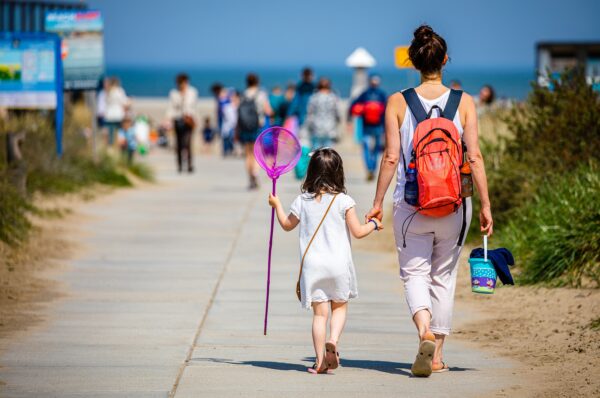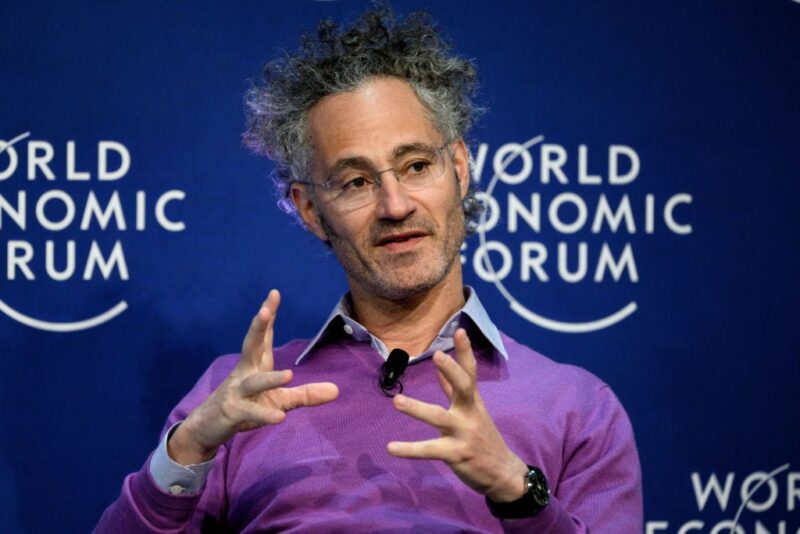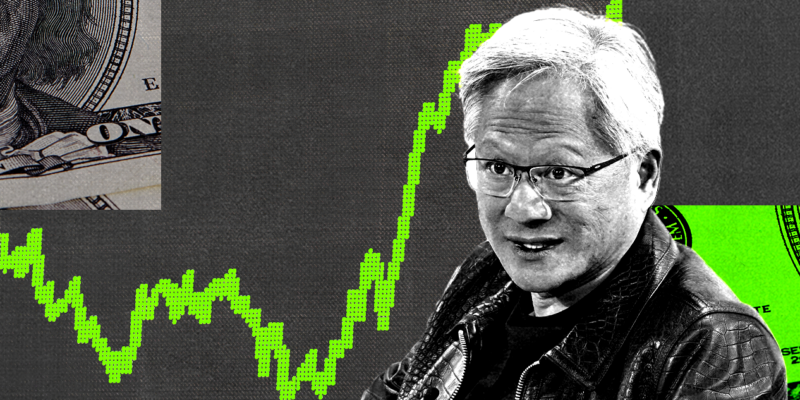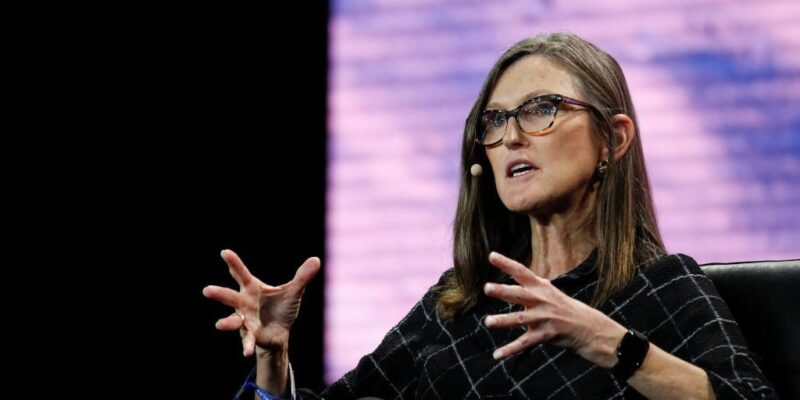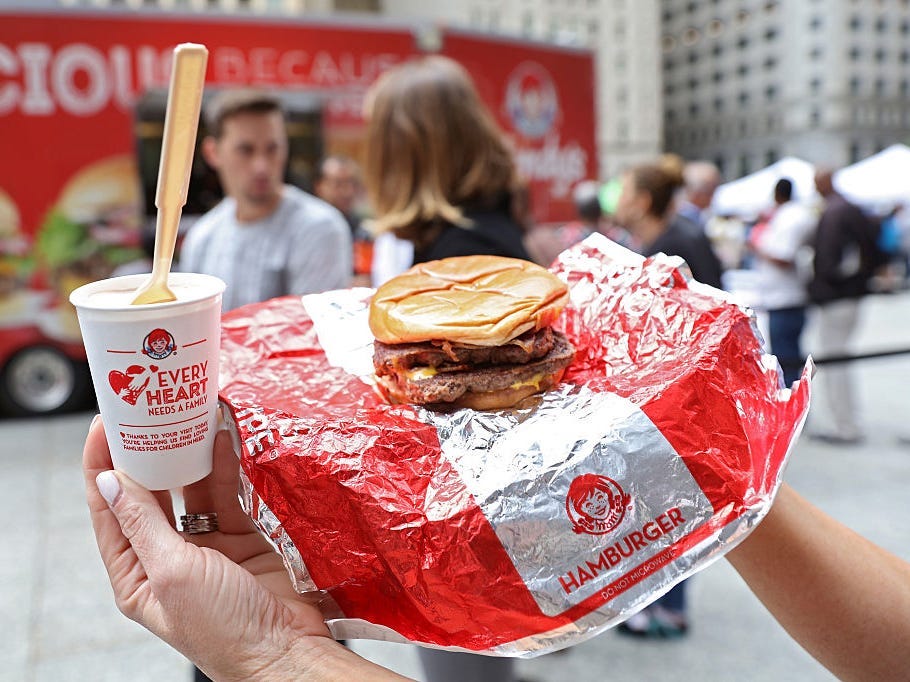
Jeff Schear/Getty Images for Wendy's
- Ghost kitchens have sprung up everywhere during the pandemic.
- They allow chains to build delivery capacity or explore a new area without opening a restaurant.
- Execs from chains like Wendy's, Noodles, and Dickey's told Insider why they set up ghost kitchens.
- See more stories on Insider's business page.
Ghost kitchens are one of the biggest restaurant trends to emerge from the COVID-19 pandemic, due to surging demand for delivery.
They don't have dining rooms and cook food for delivery, and sometimes collection. The concept has existed for years but only recently gained traction.
Read more: Ghost kitchens operators are expanding their business models beyond the rent-a-space model
Executives from chains including Noodles and Company, Marco's Pizza, and Wendy's told Insider why they decided to set up ghost kitchens.
1. You can boost your delivery capacity and reach new customers
Five Guys said it opened its first ghost kitchen in London because it had a high-traffic location that was also one of its top delivery stores.
"The volume of delivery orders was affecting the large amount of dine-in and pick-up orders, so we diverted all delivery orders to a ghost kitchen," the company said.
Marco's Pizza and Noodles and Company said they're opening them in some of their busiest markets to boost brand recognition. Offering delivery using third-party services means they can reach new customers.
2. They're cheaper than full restaurants
Because they don't need space for dine-in, ghost kitchens are smaller than full-service restaurants, making them "effectively a highly-efficient real estate model," according to David Bloom, chief development and operating officer at Capriotti's and Wing Zone.
They have a lower capital investment and also enable restaurants to target areas that would be unviable for full-service restaurants, Vicki Hormann, Applebee's director of off-premise, said.
"You can go into a smaller space," James Walker, vice president of restaurants at Nathan's Famous, told Insider. "You want to go into these higher populated areas because that's where the density of people are and to be able to do so at a rent that is workable from a business model."
3. They let you test new markets at a low cost
Ghost kitchens in shared facilities typically have 12-month leases, and revenues can be generated "almost immediately," Laura Rea Dickey, CEO at Dickey's Barbecue Restaurants, told Insider. This makes them less of a risk, and allows franchise owners to test demand, she said.
Noodles and Company, for example, is opening a ghost kitchen in San Jose. Noodles said it can use ghost kitchens to understand new locations before it moves in with a freestanding restaurant.
4. They're quick to set up
Ghost kitchens also have a quicker time to market than full restaurants because you don't have to set up a dining room or hire servers, execs at Nathan's Famous, Wendy's, and Panera Bread said.
"As a tenant, you can just jump in with your food and staff and start selling," Dog Haus partner Hagop Giragossian told Insider.
5. You can offer a streamlined menu
Ghost kitchens can offer limited menus with more targeted offerings, Abigail Pringle, chief development officer at Wendy's, said.
"It's a smaller space, so we do need to think even more strategically about the menu," she said. "The benefit to us as an operator is that we can streamline operations, improve profit and loss, and give customer items they crave most from the brand."
6. You can have multiple brands in the same kitchen
Ghost kitchens also allow companies to operate virtual brands: Restaurants that only exist on delivery platforms. These brands often look like local businesses but are operating out of the kitchens of big chain restaurants.
Virtual brands were created to "sweat assets better," said Brody Sweeney, CEO of Camile Thai, which is operating one called Shanghai Sally. Fazoli's, Applebee's, Dog Haus, and Dickey's said they're operating virtual brands, too.


